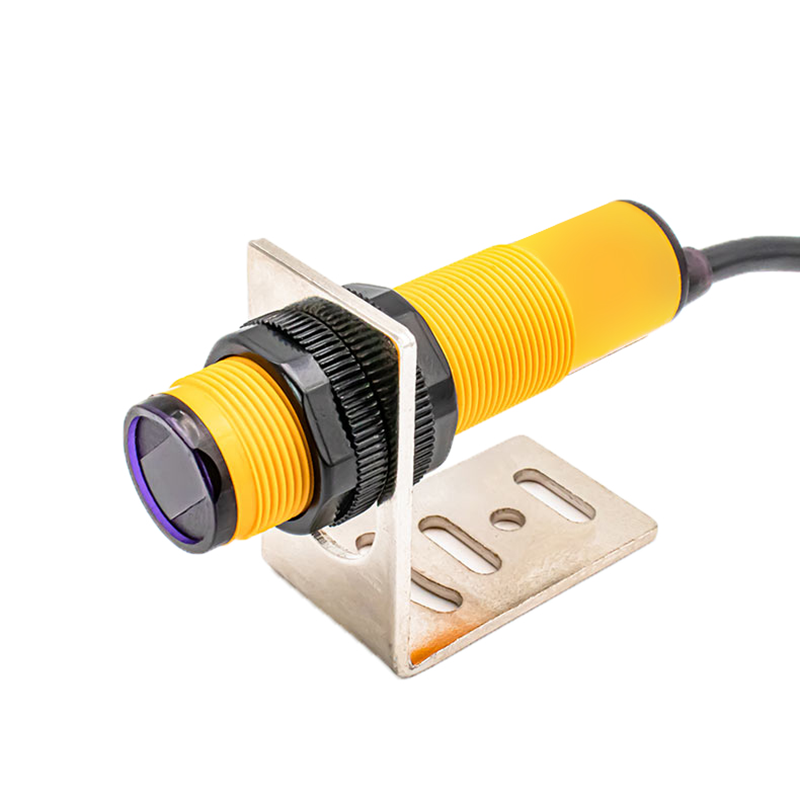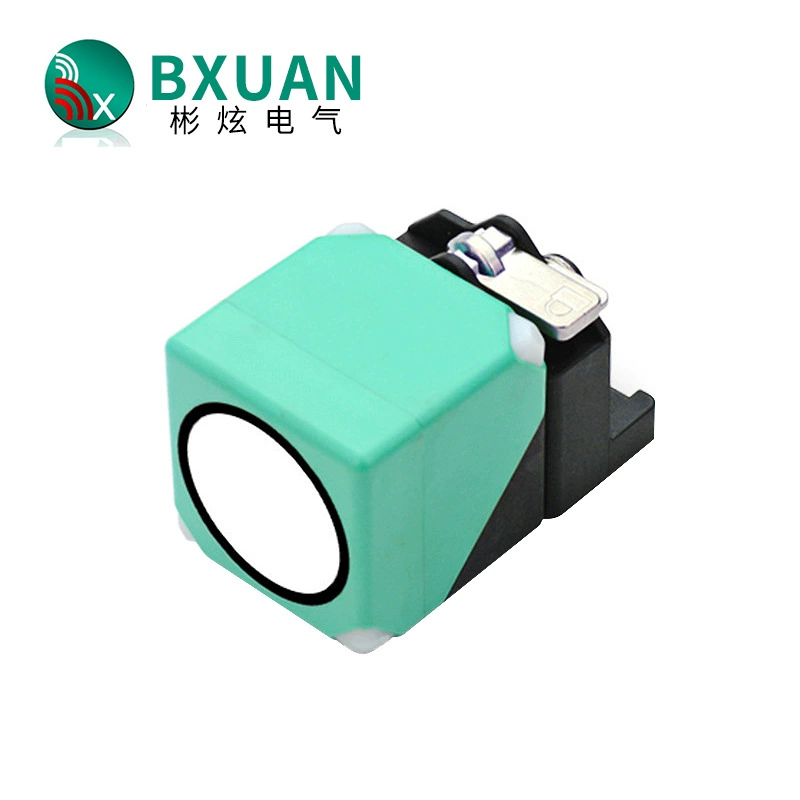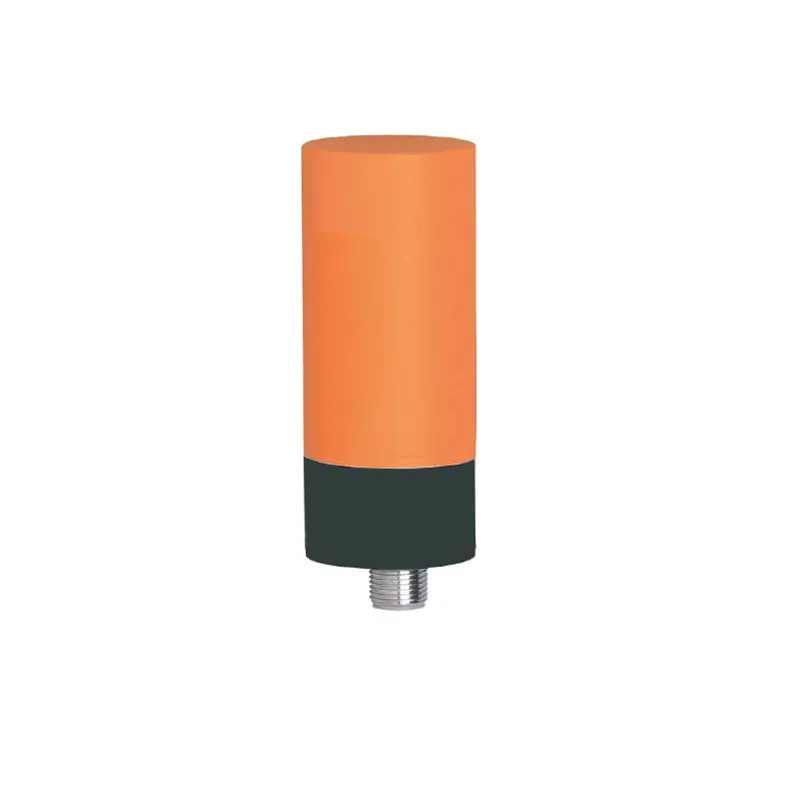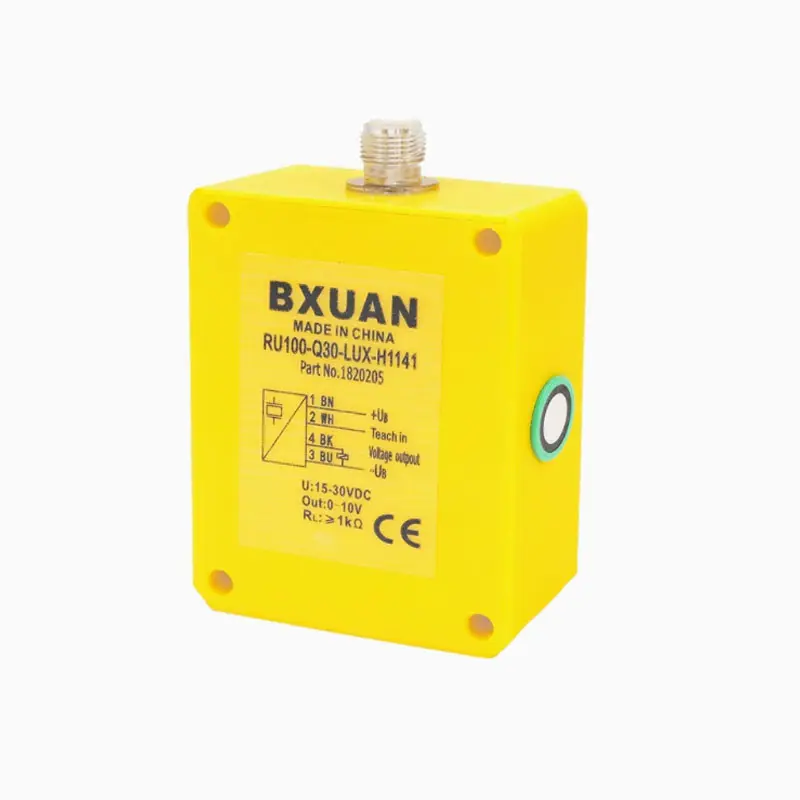optical switch
An optical switch represents a groundbreaking advancement in networking technology, serving as a crucial component in modern telecommunications and data transmission systems. This sophisticated device directs optical signals between different fiber optic cables without converting them to electrical signals, ensuring seamless data flow across networks. Operating through various mechanisms including MEMS (Micro-Electro-Mechanical Systems), liquid crystal, or thermal optic technologies, these switches can efficiently manage multiple input and output ports simultaneously. The primary function of an optical switch is to redirect light beams carrying data from one optical fiber to another, maintaining signal integrity and minimizing latency. These devices are instrumental in telecommunications networks, data centers, and enterprise networks, where they facilitate rapid data routing and network reconfiguration. Advanced optical switches feature remarkable switching speeds, typically in microseconds, and demonstrate exceptional reliability with minimal signal loss. They support various wavelengths of light, enabling wavelength-division multiplexing (WDM) systems to maximize data transmission capacity. Modern optical switches also incorporate sophisticated control systems that enable remote management and automated operation, making them ideal for large-scale network deployments.









